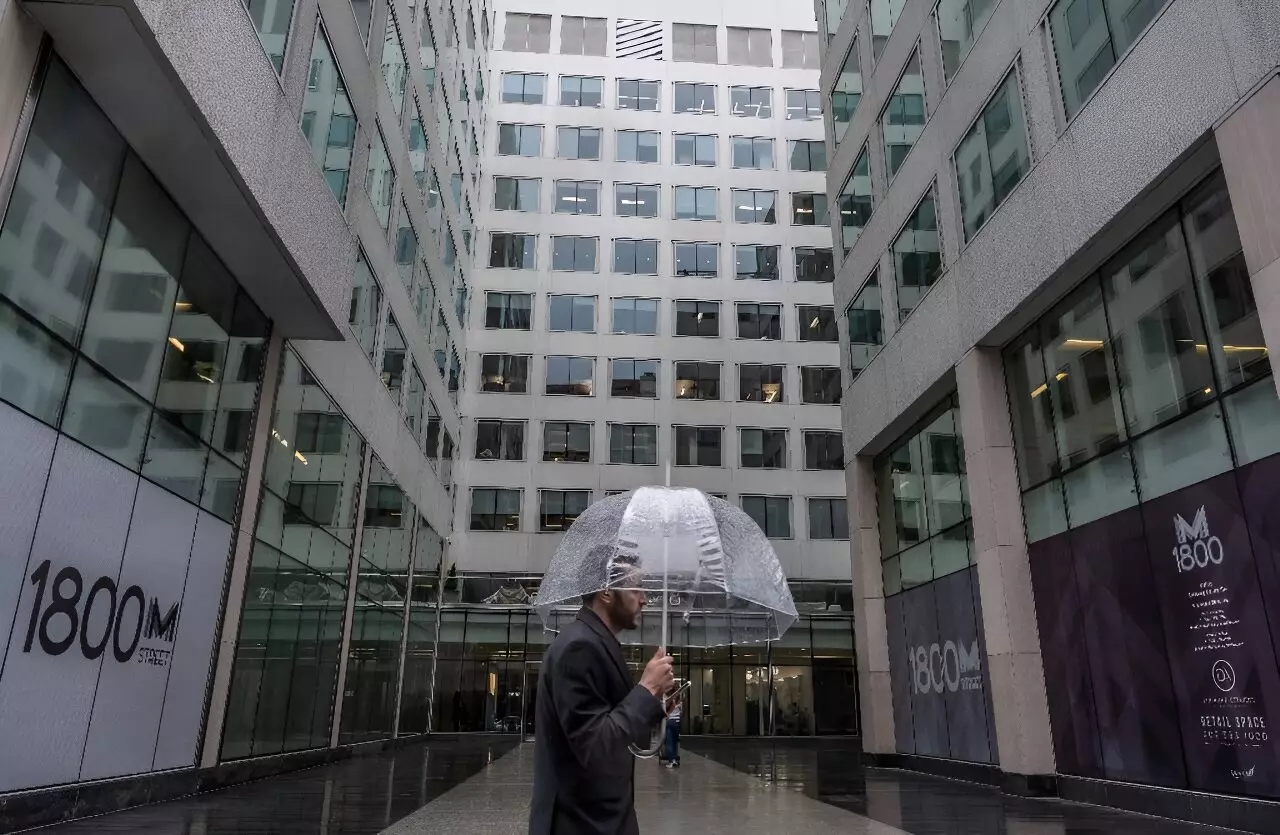The shift towards remote work in the United States has had a profound impact on the traditional office space. This change has resulted in empty office buildings in major cities such as San Francisco, Washington, and New York, where the number of white-collar workers returning to the office has significantly decreased. This reluctance to commute to work has led to a rise in office vacancy rates across the country, from 9.5 percent in 2019 to 13.5 percent in 2023, with projections indicating a potential increase to 16.6 percent by the end of next year.
The emptying of office buildings has not only affected the workers and companies directly involved but has also had far-reaching financial implications. The commercial real estate sector has seen a significant decrease in value, with a third of its overall value lost due to the changing work patterns. This impact is further compounded by the fact that a substantial amount of office property mortgages, totaling $737 billion, are set to mature this year, at a time when interest rates are at their highest levels in over two decades.
The decrease in the value of commercial real estate and the high office vacancy rates pose a significant risk to the banking sector, particularly smaller banks. Federal Reserve Chair Jerome Powell has acknowledged the potential for bank failures, especially among institutions with high commercial real estate concentrations. These banks could face significant losses if borrowers default on their loans due to the challenging real estate market conditions.
While large establishments may have the financial capacity to weather some losses in the commercial real estate sector, smaller banks and other financial institutions such as retirement funds and insurance companies could face severe consequences. These entities may not be subject to the same regulatory requirements as banks, making them even more vulnerable to the market fluctuations caused by the remote work trend. The risk of a domino effect, where one institution’s losses trigger a chain reaction of financial stress, looms large over the sector.
In response to the challenges posed by the changing work patterns and their impact on the commercial real estate sector, regulatory bodies like the Federal Reserve are actively engaging with at-risk establishments. Chairman Powell has highlighted the importance of identifying and working with banks with high exposure to commercial real estate, particularly in the office and retail segments. By monitoring and engaging with these institutions, regulators hope to mitigate the potential risks and prevent a broader financial crisis.
Overall, the rise of remote work in the United States has not only transformed the way Americans work but has also triggered a significant shift in the commercial real estate sector. This change has left office buildings empty, led to a decrease in property values, and posed risks to the banking sector and other financial institutions. As the trend towards remote work continues, stakeholders in the real estate and financial sectors must adapt to the new normal and find innovative solutions to mitigate the potential risks and challenges posed by this paradigm shift.


Leave a Reply